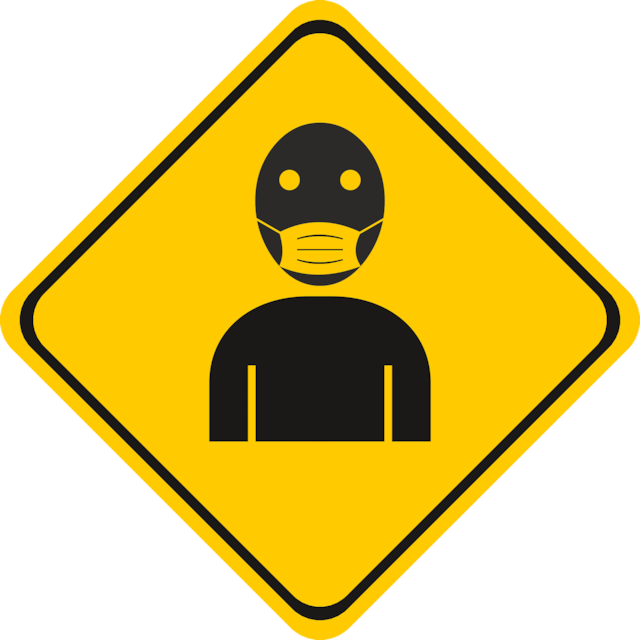OSHA GUIDANCE ON CLOTH FACE COVERINGS

The Occupational Safety and Health Administration (OSHA) recently published guidance on the use of cloth face coverings by working in hot and humid conditions while indoors.
During the COVID-19 pandemic, OSHA generally recommends that employers encourage workers to wear cloth face coverings at work to help reduce the spread of COVID-19. However, workers who wear cloth face coverings in hot and humid environments or while performing strenuous activities indoors, such as those in bakeries, kitchens, laundries, electric utilities, fire services, mills, foundries, manufacturing, and warehousing, can find cloth face coverings to be uncomfortable.
OSHA recommends that employers follow these practices to protect against the spread of Covid-19 and the risk of heat-related illnesses:
- Acclimatize new and returning workers to environmental and work conditions while wearing cloth face coverings.
- Prioritize the use of cloth face coverings when workers are in close contact with others (less than 6 feet), such as during group travel or shift meetings.
- Allow workers to remove cloth face coverings when they can safely maintain at least 6 feet of physical distance from others.
- Evaluate the feasibility of wearing cloth face coverings for each worker and consider alternatives (e.g., face shields) when appropriate.
- Increase the frequency of hydration and rest breaks in cooled environments.
- Incorporate at least 6 feet of physical distancing into break areas by staggering breaks, spacing workers, or limiting the number of workers on break at a time, where feasible.
- Enhance ventilation throughout the worksite, including in break areas, where feasible.
- Allow workers to return to personal vehicles during breaks to use air conditioning, when possible. Multiple workers should generally not return to the same car.
- If fans are used, avoid directing the fan so it pushes air over multiple people at the same time, since fans may increase the distance respiratory droplets can travel.
- Encourage workers to use cloth face coverings that optimize fit and comfort and are made out of breathable, moisture-wicking materials.
- Encourage workers to change cloth face coverings when wet, as wet face coverings make it more difficult to breathe and are not as effective. Provide clean replacement cloth face coverings or disposable face masks, as needed, for workers to change into throughout the work shift.
- Ensure workers use handwashing facilities or hand sanitizers with at least 60% alcohol often, as heat or moisture build-up may cause workers to put on and take off cloth face coverings frequently.
- Allow workers to wear personal passive cooling items (e.g., icepack vests, cooling bandanas) and loose-fitting and breathable clothes, as long as these items do not present a safety hazard.
- Plan for heat emergencies and train workers on heat stress prevention and treatment.
- Increase the frequency of communication to workers and encourage workers to monitor themselves and others for signs of heat illness.
OSHA also states that cloth face covering should not be considered as a substitute for engineering and administrative controls, safe work practices or necessary PPE.
To read this article in its entirety, please visit OSHA COVID-19 Guidance on the Use of Cloth Face Coverings While Working Indoors in Hot and Humid Conditions.
110119
Related Topics: